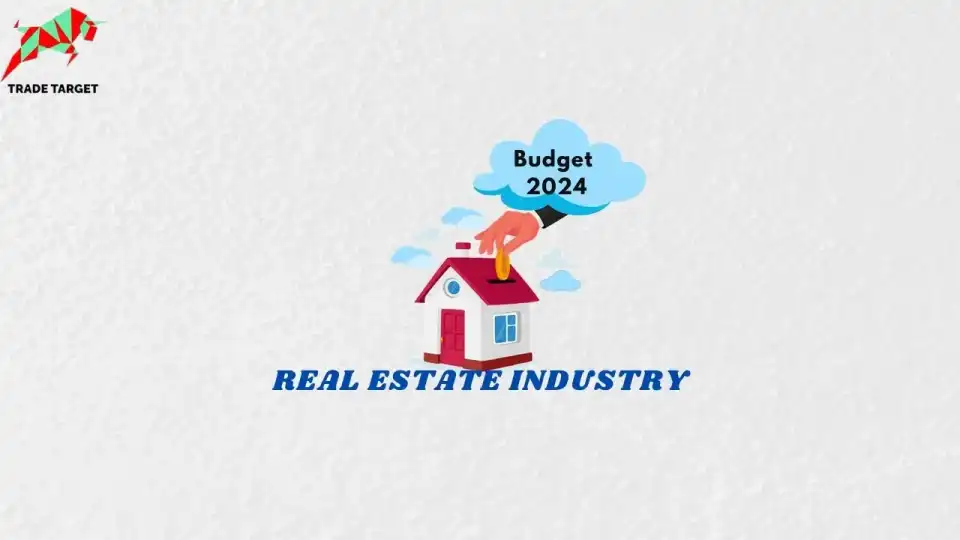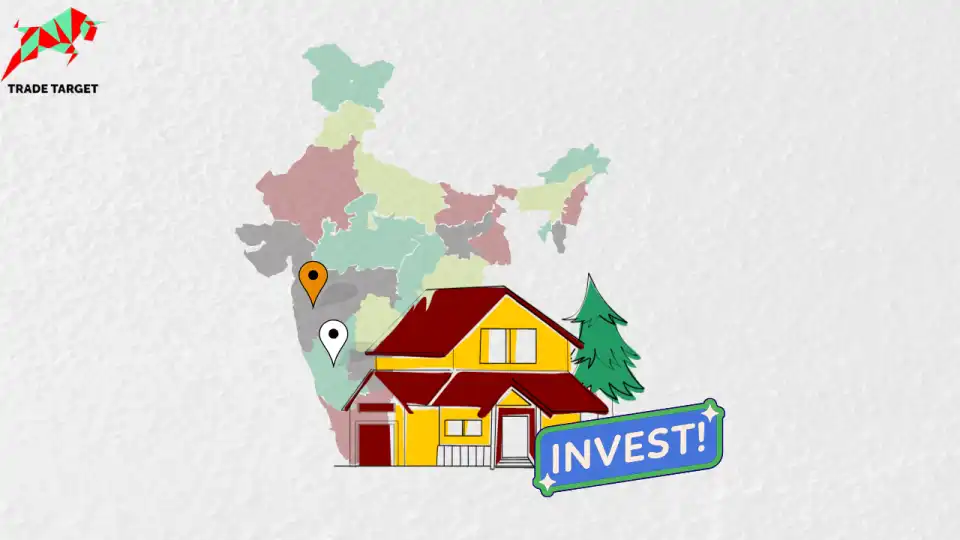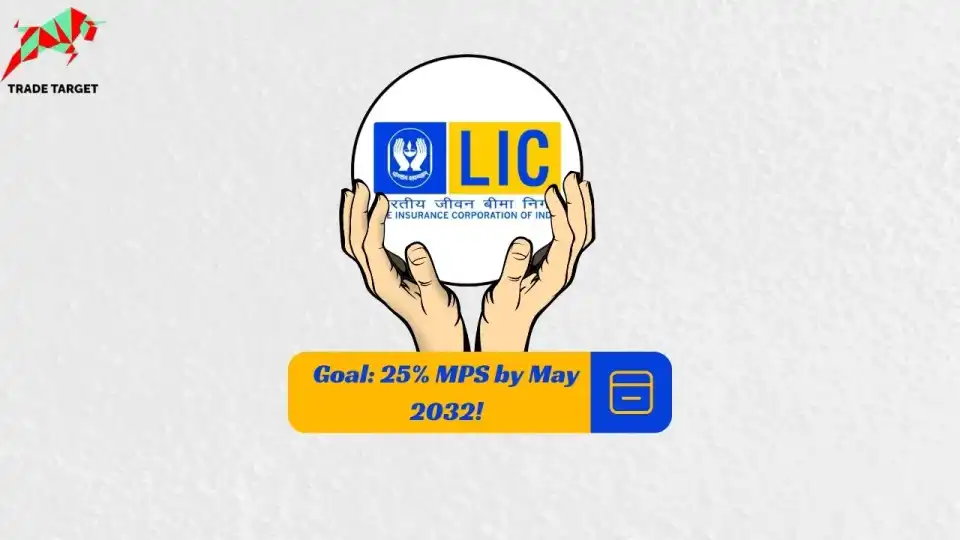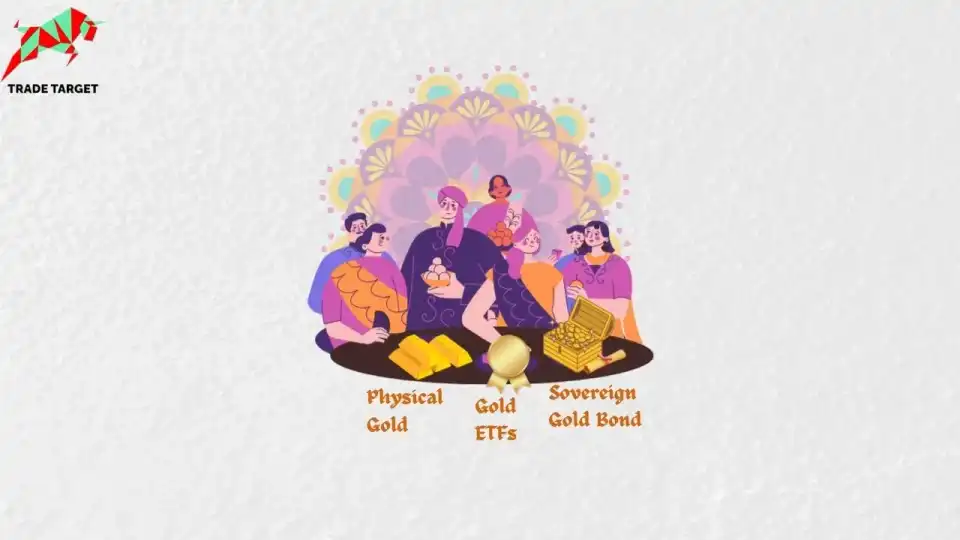Subscribe for real-time financial insights on Trade Target’s WhatsApp Channels
In the eagerly anticipated Interim Budget for 2024, the real estate industry is optimistic about receiving a boost in the affordable housing sector. The government’s flagship initiative, Pradhan Mantri Awas Yojana – Urban (PMAY-U), initially promised to provide a permanent house to all eligible urban households, including slum dwellers and economically weaker sections, by 2022. Due to the pandemic’s impact on the scheme’s progress, the deadline was extended to 2025.
With just a year remaining to achieve this ambitious target, expectations are high for significant measures to promote affordable housing in the upcoming budget presentation on February 1.
Speculation centers on potential tax incentives for homebuyers, particularly in the affordable housing segment. The industry is hopeful for affirmative action, considering the government’s increased allocation for PMAY in the previous year. The Union Budget for 2023 saw a 66% rise in allocation to PMAY, reaching ₹79,000 crore, with ₹25,103 crore earmarked for PMAY-U.
Recent reports suggest that Finance Minister Nirmala Sitharaman might further raise the allocation for low-cost housing by 15% in the Interim Budget, reaching ₹1 lakh crore for the fiscal year 2024-25.
A higher allocation for PMAY implies increased funds for the scheme’s four verticals: slum redevelopment, affordable housing in partnership, beneficiary-led individual house construction/enhancement, and the credit-linked subsidy scheme (CLSS).
Let’s delve into the current incentives provided by the government under the PMAY scheme.
Incentives for Affordable Housing Segment:
- In-Situ Slum Redevelopment: Central assistance of ₹1 lakh per house for eligible slum dwellers, with private developers participating and using land as a resource.
- Affordable Housing in Partnership (AHP): Central assistance of ₹1.5 lakh for each house built for economically weaker sections, low-income, and middle-income segments through state/UT governments or private partnerships.
- Beneficiary-Led Individual House Construction/Enhancement: Central assistance up to ₹1.5 lakh per economically weaker section house for eligible families.
- Credit-Linked Subsidy Scheme (CLSS): EWS, LIG, and MIG beneficiaries can avail housing loans at subsidized interest rates, with CLSS providing an interest-cost subsidy ranging from ₹1 lakh to ₹2.67 lakh for home construction or enhancement.
Expectations of Homebuyers from Interim Budget 2024:
An increased PMAY allocation could lead to higher limits under the interest subsidy scheme, enhancing affordability for homebuyers.
Moreover, there is anticipation that the interim Budget might redefine the concept of affordable homes. Currently defined as dwelling units with a price ceiling of ₹45 lakh and a carpet area of 60 square meters or less, industry stakeholders, such as CREDAI, propose a revision.
They advocate for affordable housing to be redefined as units with a 90 square meter RERA carpet area in metro cities and 120 square meter RERA carpet area in non-metros, without a cap on the unit’s cost.
Given the significant shortage of over 3 crore affordable housing units across rural and urban India, all eyes will be on whether the government addresses these demands in the upcoming budget or allows another promise to quietly fade away.
Final Words:
As we eagerly await the Interim Budget for 2024, the real estate industry is hopeful for substantial support in the affordable housing sector. The potential increase in the allocation for the Pradhan Mantri Awas Yojana (PMAY) is a positive sign, with expectations of more funds to address various housing needs.
Share via:









